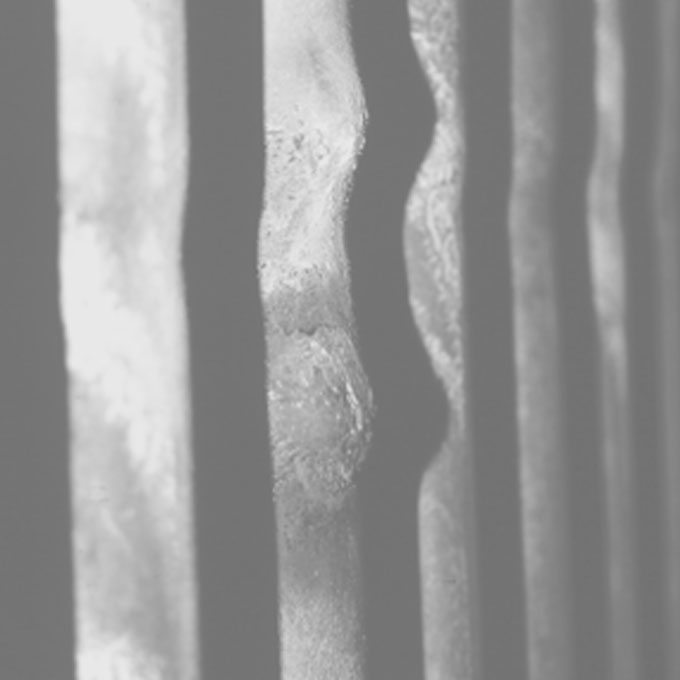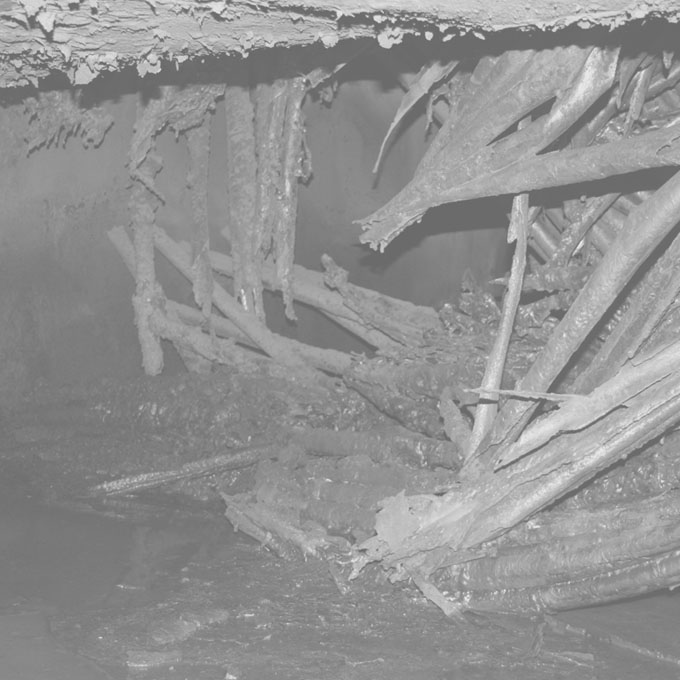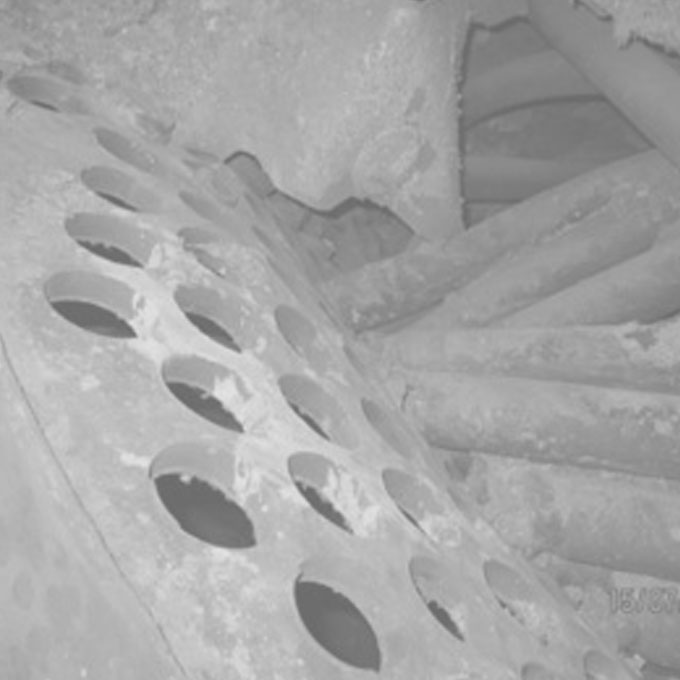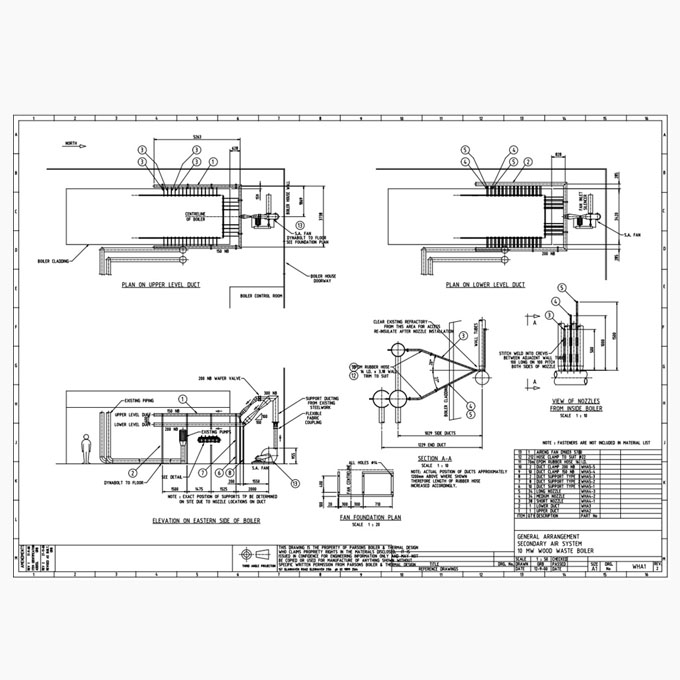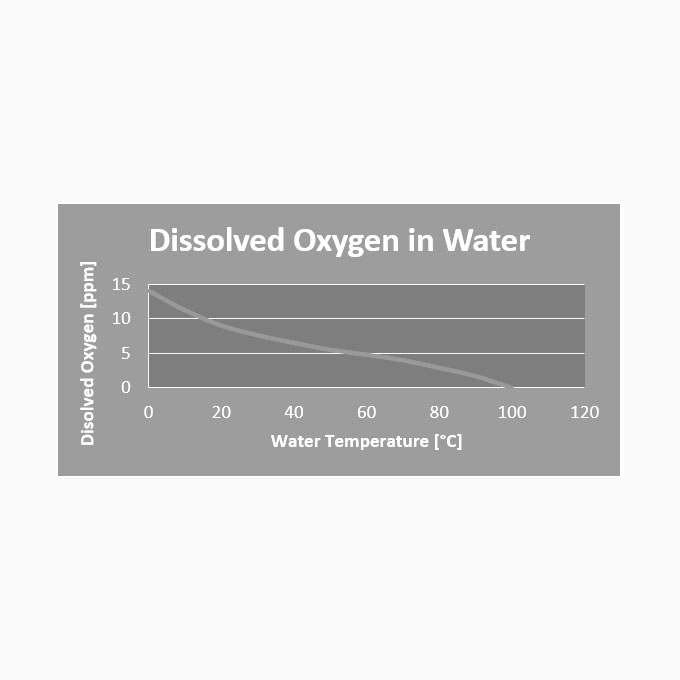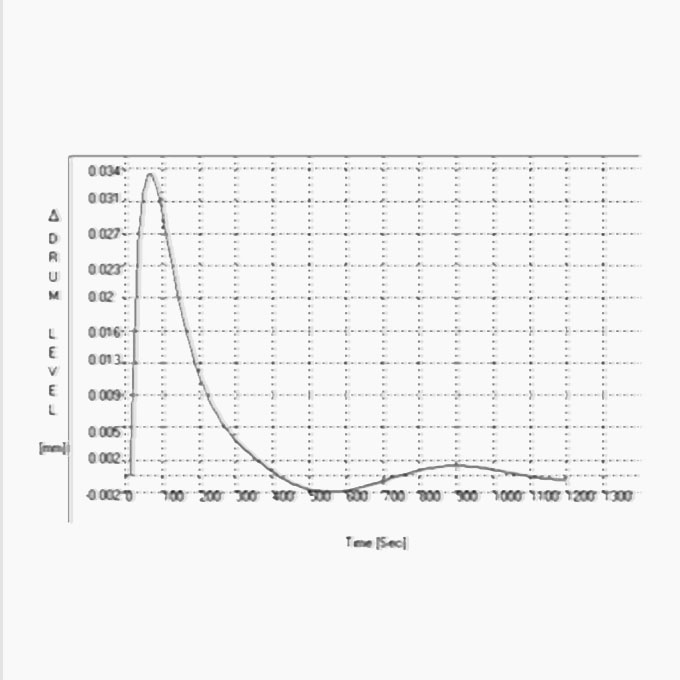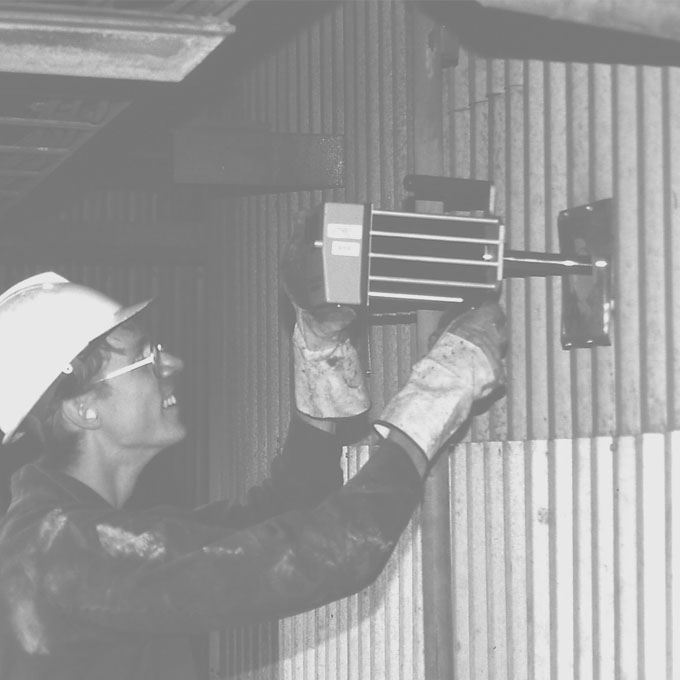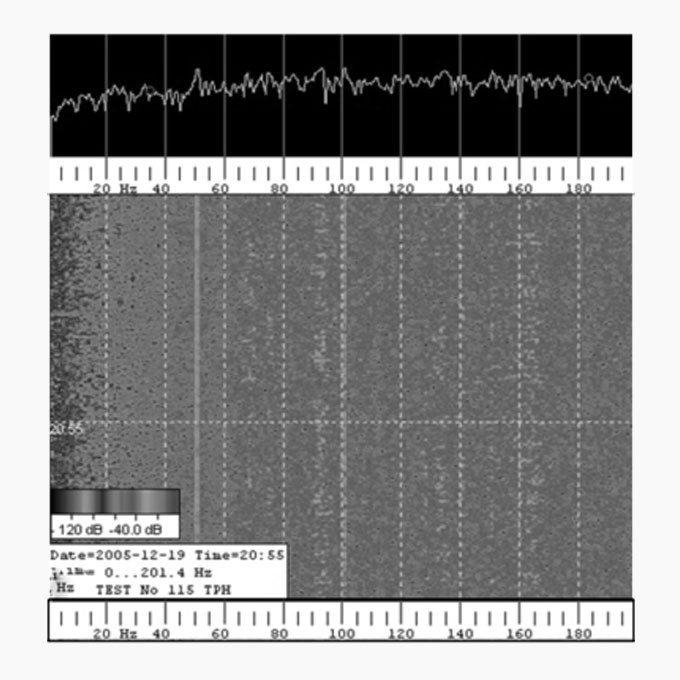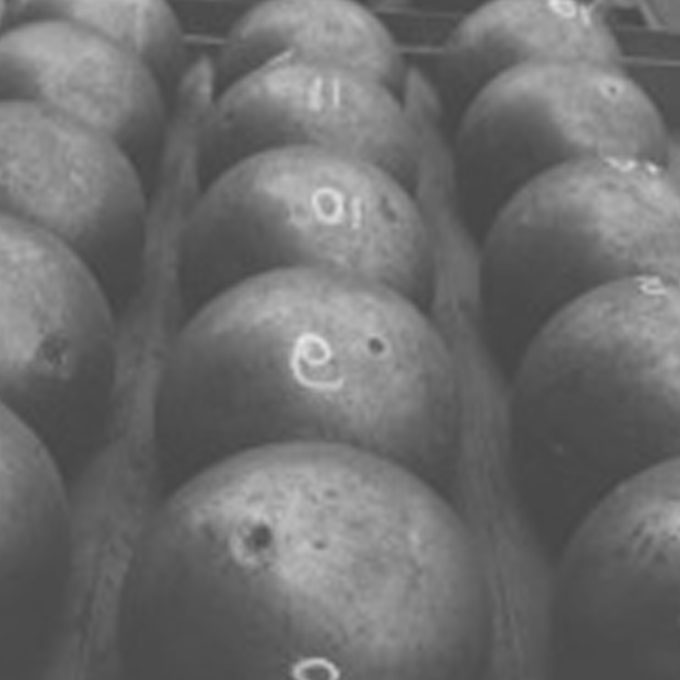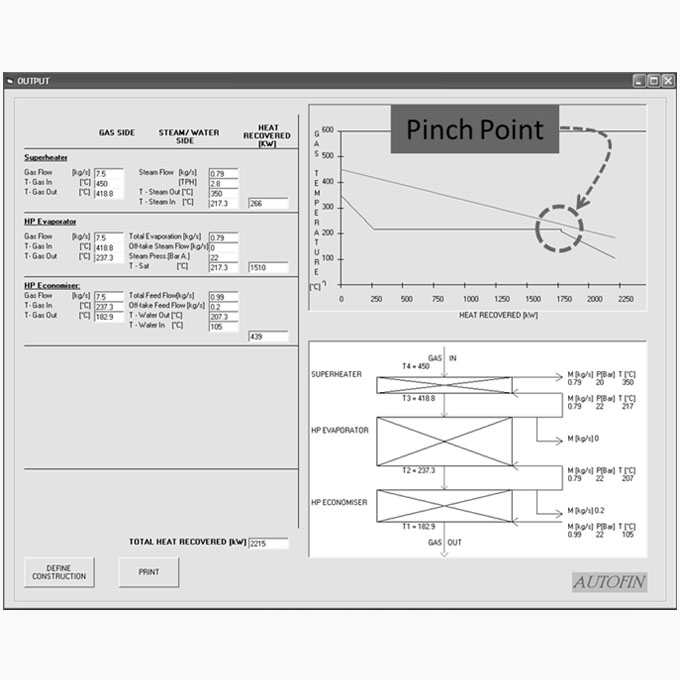We have probably encountered and solved similar problems to those you’re already experiencing with your boiler plant. Having tested and analysed the performance of numerous boilers of most types over many years, we have tried and proven solutions to many common general boiler, superheater and combustion problems.
BOILER DIAGNOSTICS & TROUBLESHOOTING
Defective steam generation equipment may impose significant financial losses on plant owners which can justify recovery action. Often the defects causing these losses could have been avoided if the boiler design had conformed with best practice guidelines. Conversely, there are circumstances where poor steam plant availability or defective boiler performance that is caused by maintenance and/or difficult operational issues is incorrectly attributed to boiler design.
The evaporative surfaces of a boiler should achieve an indefinite operating life provided the circulation system is correctly designed and the water treatment management is satisfactory.
However tube failures in furnaces and evaporative surfaces are surprisingly common and can force boiler plant to be shut down unexpectedly. Metal fires within boilers can be extremely dangerous and may cause extensive catastrophic damage to the boiler and its auxiliary equipment. This is because the fire which often develops at the cooler, back end of the boiler can reach an intensity that causes the plain boiler tubes or tube fins to combust and burn. Once almost exclusively associated with oil fired boilers, the increased combustion of biomass fuel streams has seen an increasing number of metal fires beginning to occur in solid fuel boiler applications. In the early days of steam power, boiler explosions were common place. In fact before 1780 boilers rarely operated above 1 or 2 [psi]. This was a limit intended to reduce the frequent number of boiler explosions that were occurring at that time. More advanced higher steam pressure designs did not enter commercial production until after 1800, by which time the concept of “strong steam “ was coined to describe a boiler operating at or above 30 [psi]. Design Boiler has been addressing poor combustion and emission problems on biomass / wood waste boilers for many years. Often high emissions are a direct result of poor combustion and this that overloads the dust collector by producing an excessively high inlet dust burden. The two most common causes of internal boiler corrosion are:
a) Oxygen attack; or
b) Acid attack following chemical cleaning.
Their can be other types of corrosive attacks on the tubes such as caustic gouging which is related to hydrogen embrittlement, but these are often associated with other factors such as circulation deficiencies. Design Boiler have developed software that is able to simulate the dynamic response of a boiler control system to rapid changes in boiler load.
Sudden changes in steam demand can cause rapid rises in steam pressure that may lift safety valves. The lifting of safety valves may then lead to a sudden drop in boiler pressure causing drum level instability and this can trip the boiler on high steam drum water level.
The ability to recover from this type of upset condition depends on a boiler’s control settings, it’s thermal inertia, steam drum size and combustion system capacity. Many boiler plant problems can be difficult to diagnose and fix. Boilers operate under extreme conditions and can sometimes require experienced and specialized expertise to resolve challenging operational problems that may be encountered. Design Boiler is able to mobilize these specialized boiler plant testing and diagnostic services to most global locations. Our personnel are certified for confined space entry and have been trained to internationally recognised BOSIET & HUET systems for immediate off shore mobilization. Vibration can impose major restrictions on a boiler’s steam generating capacity and inflict significant long term structural damage. Typically vibrations will occur above a distinct threshold load or within a very narrow operating load range. If the boiler is operated above or within this load profile for extended periods, it can sustain substantial damage. Pulverized coal [PC] firing can pose unique challenges such as poor grinding performance, high carbon in ash, slagging problems and excessively high furnace heat fluxes due to combustion related issues. There are many different pulverizing systems and each has its own specific requirements. It was the Arab Oil Embargo of the 1970’s that forced industry to become more energy efficient and invest in low grade heat recovery systems. Following this global event it was soon realized that the cost saving engineering strategies utilized in the design of waste heat recovery systems also produced significant benefits for the environment.Boiler Forensic Analysis & Expert Witness Services
Boiler & Superheater Tube Root Cause Failure Analysis
Boiler Catastrophic Fire Investigations
Boiler Explosion Investigations
Boiler Combustion & Emission Optimisation
Boiler Corrosion Investigation
Boiler Dynamic Analysis
Boiler Plant Testing & Diagnostics
Boiler Tube Bank and Furnace Vibration
Pulverized Coal Firing Systems
Waste Heat Recovery Systems


